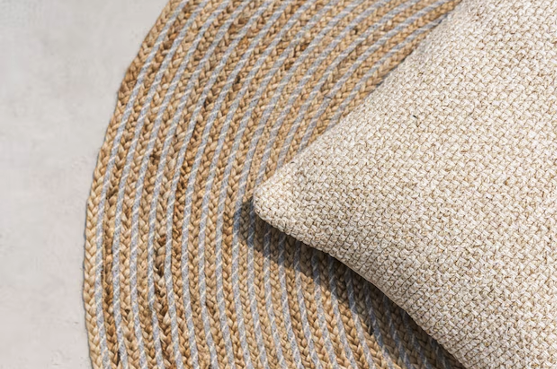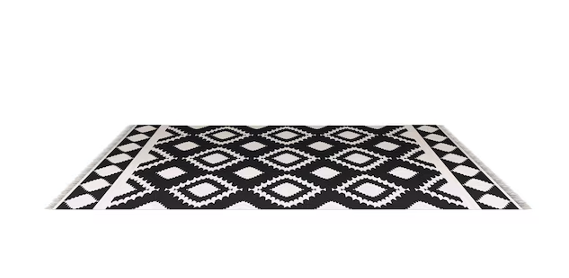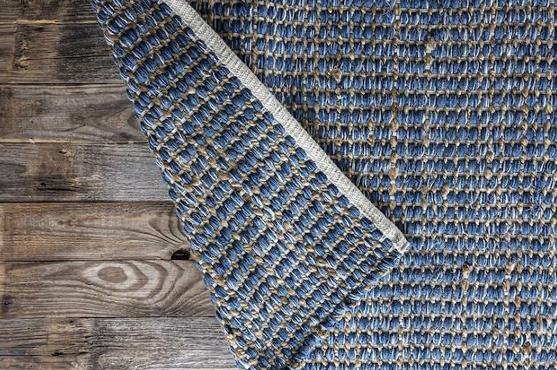An outdoor rug has the potential to totally transform your patio, deck, or balcony into a warm and stylish retreat. However, not all rugs are made to handle the potential damages of the harsh weather. From scorching sun exposure and deluges of rainstorms to frost and humidity, the weather has the potential to damage outdoor flooring if you don’t choose the right one.
A rug that fades, mildews, or deteriorates quickly can turn your perfect outdoor space into a maintenance headache. But by employing the right materials and style, you’re able to find a weather-resistant outdoor rug that will stay beautiful and durable all year round.
Whether you need something that will withstand summer heat, keep winter moisture out, or handle heavy traffic, this article will lead you through all you need to know.
Here are tips for choosing the perfect outdoor rug for any season.

Outdoor rugs do so much more than enhance the look of your space; they offer practical benefits that make outdoor living more enjoyable and comfortable. Whether you have a large lawn or a compact balcony, the right rug can help define areas for relaxing, dining, or entertaining, bringing a sense of structure and purpose to your outdoor zones.
Placing an outdoor rug can also make your space safer and more comfortable. They reduce floor friction, helping to prevent slips, and offer a softer surface underfoot—especially useful during the warmer months when surfaces can heat up quickly. Plus, with so many vibrant patterns and textures available, outdoor rugs are an effortless way to inject color and style into your alfresco setting.
In addition to adding comfort and style, outdoor rugs protect surfaces from heavy foot traffic and everyday wear. They can even help dampen sound, creating a quieter, more inviting atmosphere—perfect for spaces that need a little extra peace and quiet.
When selecting an outdoor rug, think about how you’ll use the space. If you’re entertaining around a barbecue or dining area, choosing a rug that’s both heat-resistant and water-resistant is key to ensuring it stays looking great, no matter the season.
By understanding your specific needs, you’ll be able to choose outdoor rugs that enhance your space while standing up to the elements.

When selecting outdoor rugs, weight and stability are essential considerations due to windy seasons. You wouldn’t want the wind to keep blowing your beautiful new rug across your lawn. Therefore, you need to consider quality weather-resistant rugs that are designed with features that keep them firmly on the ground regardless of what the season brings.
You can look for outdoor rug models with solid bottom materials like latex or rubber that create friction with the bottom surface. Alternatively, you can consider heavier outdoor rugs as they are naturally less vulnerable to wind-blown displacement.
Where you’re going to place the rug and how you intend to use it will help you decide on the right size for you. If you’re seeking one as a base for your patio furniture, ensure it’s large enough to accommodate under seating and a table.
As a rule, leave at least 6 inches of rug on all sides of your outdoor furniture so it is easier and safer to slide on and off it. You don’t want someone to trip if their chair gets caught on the edge when they slide it over to sit at the table.
If you prefer a smaller one, you may choose a rug that encircles the coffee table and holds up at least the two front legs of the sofa. For a narrow balcony, choose a runner along the length of the area for a full cover-up.

Outdoor rugs possess an abundance of appealing characteristics. So, what are the ones that merit mentioning? The most sought-after outdoor rug materials are synthetics and all-natural fibers.
For synthetic rugs, you can consider rugs made of polypropylene. It’s plastic and most commonly used in producing sportswear, rope, and even straws. Moreover, it’s renowned for breathability and moisture-wicking. Polypropylene rugs are also stain- and fade-resistant, so they can handle lots of spills, splashes, and even Mother Nature. You can also use nylon, acrylic, and polyester, but their longevity is not assured.
Also, plant fibers such as sisal, jute, and seagrass are acceptable for your outdoor rugs. However, they are typically made with either edging outer coverings, a secondary glue-coated backing, or rubber backing glued onto them that will all take up and hold water.
If you do opt to buy a natural fiber rug, make sure you dry it out periodically by hanging it outside in the sun to allow for airflow.

Choosing the ideal material for an outdoor rug involves considering durability, upkeep, and suitability with your outdoor designs. You can opt for either the synthetic strength of polypropylene or the eco-friendliness of natural fibers.
Your outdoor space will be more comfortable and fashionable with the ideal rug.